

Yorkshire, known as “God’s Own County,” boasts a landscape as rich in history as it is in beauty. Among its rolling hills, rugged moorlands, and picturesque valleys stand monuments of a bygone era: castles. These stone sentinels, which dot the Yorkshire landscape, are not merely remnants of the past but are vibrant chapters of England’s medieval tapestry, telling tales of conquest, intrigue, and survival.
Castles in Yorkshire serve as a testament to the region’s strategic importance through the centuries. Erected as fortifications, residences, and symbols of power, they played pivotal roles in the socio-political dynamics of medieval England. Today, they attract scholars, tourists, and enthusiasts alike, offering a glimpse into the architectural ingenuity and historical significance of the Middle Ages.
The History of Castles in Yorkshire
The Early History and the Norman Conquest
The story of Yorkshire’s castles begins with the Norman Conquest of 1066. Following William the Conqueror’s victory at the Battle of Hastings, the Normans embarked on a campaign to consolidate their control over England. Yorkshire, with its vast lands and strategic position, quickly became a focal point for Norman expansion. The early castles, primarily motte and bailey structures, were swiftly erected to secure the territory and assert Norman dominance. These fortifications were characterized by a wooden or stone keep situated on a raised earthwork (motte) accompanied by an enclosed courtyard (bailey).
The Role of Castles in Medieval Society
Castles were more than military strongholds; they were centers of administration, justice, and economic activity. In Yorkshire, castles such as York Castle and Scarborough Castle became key administrative hubs, overseeing the surrounding lands and serving as the residences of powerful lords and royalty. They were sites of significant events, from sieges and battles to negotiations and treaties, shaping the course of English history.
Throughout the medieval period, Yorkshire’s castles witnessed the ebb and flow of power, enduring sieges, repairs, and expansions. They played critical roles during the Anarchy, the Wars of the Roses, and the English Civil War, reflecting the turbulent times and the changing dynamics of power and governance.
Key Historical Events
Several Yorkshire castles were at the heart of pivotal historical events. For instance, Richmond Castle, built in the early 12th century, was a stronghold for the Earls of Richmond and played a significant role in the power struggles of the time. Scarborough Castle, commanding the North Sea coast, was besieged multiple times, including during the First Barons’ War and the English Civil War, highlighting its strategic importance.
Yorkshire’s castles, with their deep-rooted history, offer a fascinating journey through time, showcasing the architectural advancements, strategic significance, and the indomitable spirit of those who lived within their walls.
Castles in Yorkshire
Castle Howard
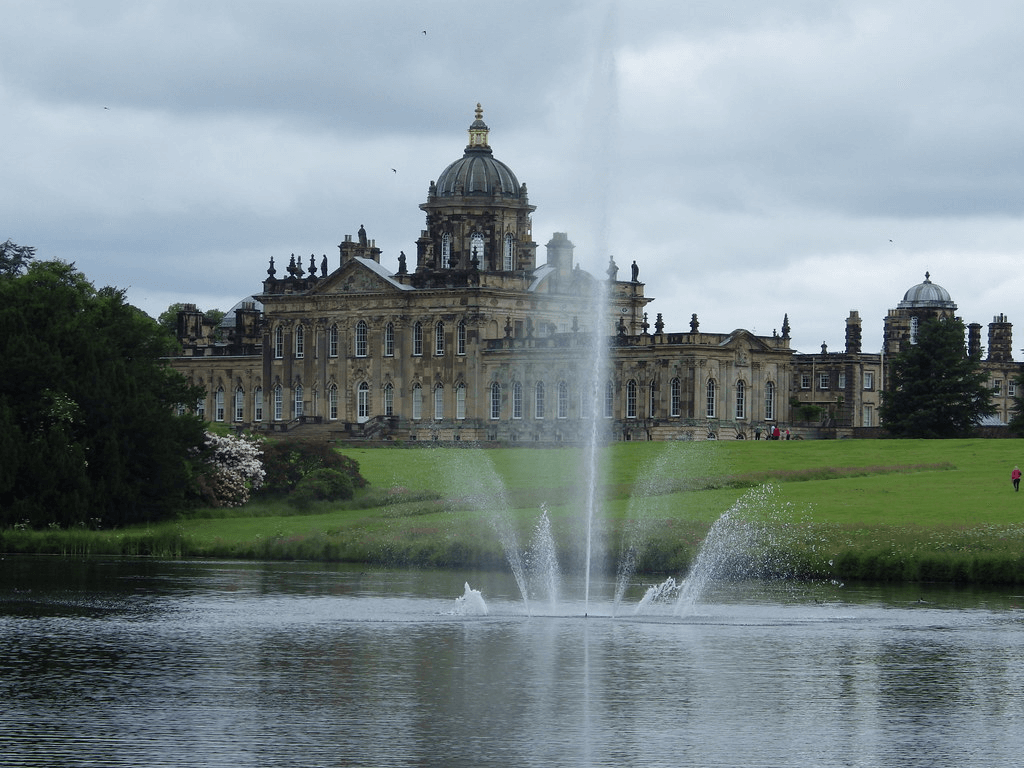
Brief History: Castle Howard is not a castle in the traditional sense but a stately home, and one of England’s most magnificent. Construction began in 1699 and took over 100 years to complete, resulting in a masterpiece of Baroque architecture, famously featured in both the TV and film adaptations of “Brideshead Revisited.”
Architectural Highlights: The house is renowned for its dramatic architecture, including the iconic dome, grand interiors, and extensive collections of art and furnishings. The grounds are equally impressive, encompassing over 1,000 acres of parkland, gardens, and woodland, with monuments, temples, and lakes designed by landscape architect Capability Brown.
Visitor Information: Castle Howard is open to visitors, offering access to the house, gardens, and grounds. Guided tours are available, providing insights into the Howard family history and the estate’s architectural and artistic treasures. The site also hosts events, concerts, and exhibitions throughout the year, making it a cultural hub as well as a historical site.
Skipton Castle
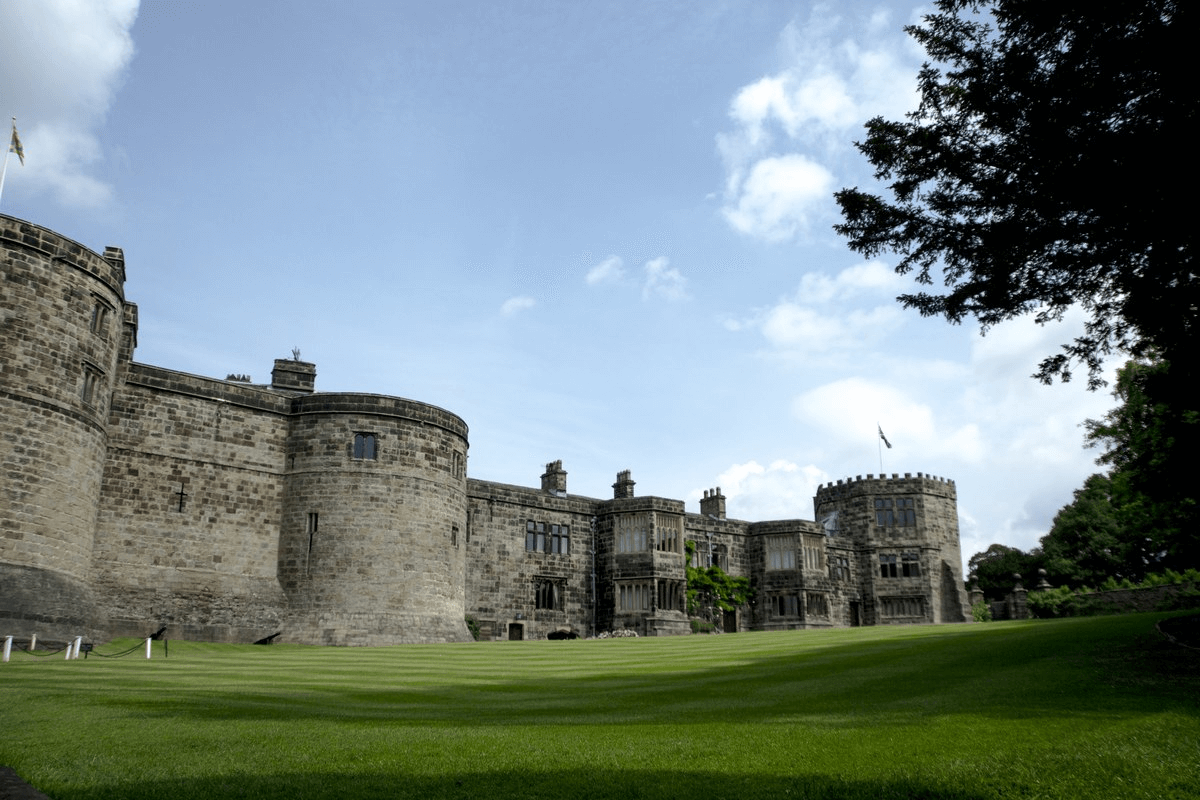
Brief History: Skipton Castle, over 900 years old, stands as one of the most complete and well-preserved medieval castles in England. Constructed in 1090 by Robert de Romille, a Norman baron, it was initially a motte and bailey. Throughout the centuries, it has been a fortress, a residence, and a site of significant historical events, notably during the English Civil War.
Architectural Highlights: The castle features a robust twin-towered gatehouse, one of the most striking examples of medieval military architecture. Inside, visitors can explore the well-preserved domestic quarters, including the banqueting hall, the kitchen, and the lord’s bedroom, offering insights into medieval life.
Visitor Information: Skipton Castle is open to visitors year-round, providing guided tours that highlight its history and architecture. The castle grounds also host educational events, reenactments, and a beautiful chapel, making it a fascinating destination for history enthusiasts and families alike.
Scarborough Castle
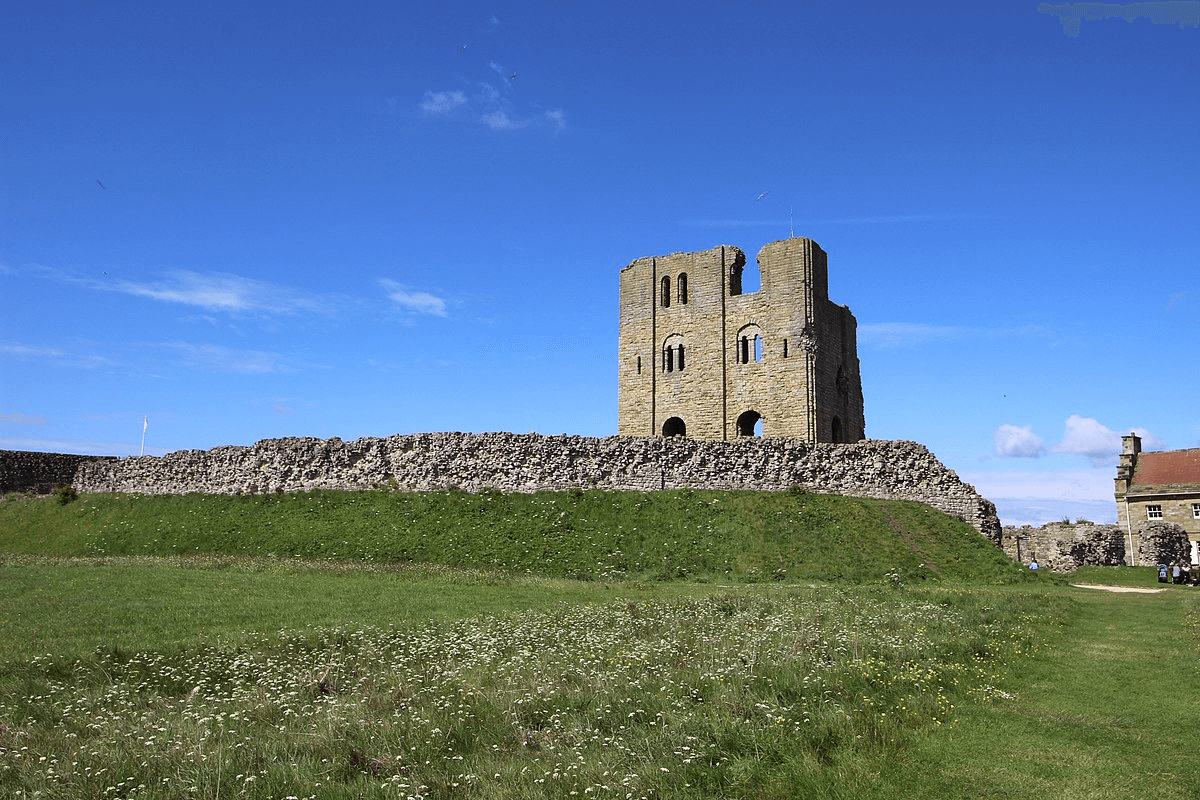
Brief History: With its origins dating back to the Iron Age, Scarborough Castle has a rich history that spans over 2,500 years. The site was developed significantly in the medieval period, serving as a fortress, a royal palace, and a battleground during the English Civil War.
Architectural Highlights: The castle’s ruins include the keep, curtain walls, and towers, set on a rocky promontory overlooking the North Sea. This strategic position offers unparalleled views and makes it an imposing sight. The castle’s history is brought to life through interactive exhibits and guided tours.
Visitor Information: Scarborough Castle is managed by English Heritage. It is accessible to visitors who wish to explore its ruins, learn about its history through interactive displays, and enjoy the stunning sea views. The site hosts various events, including historical reenactments and family activities.
Photo Author Beep boop beep
Ripley Castle
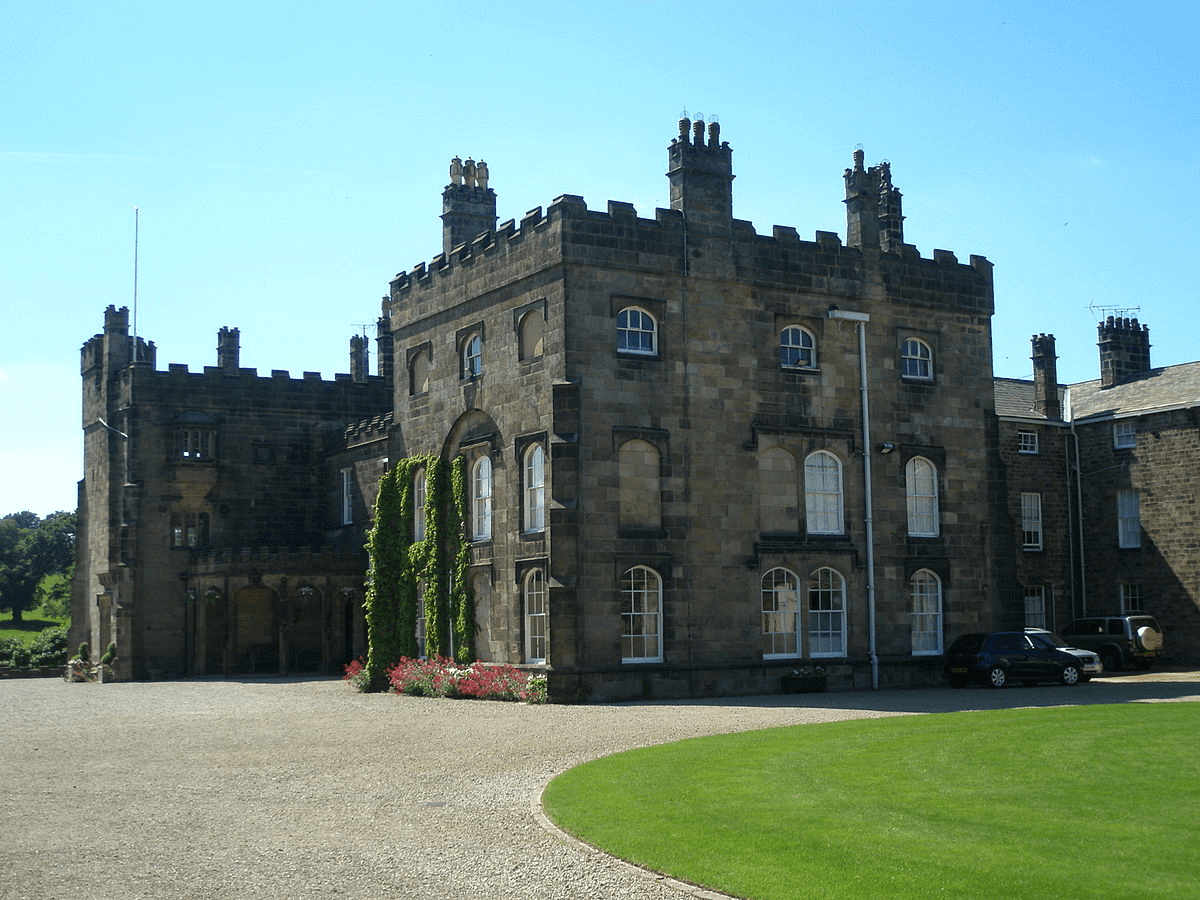
Brief History: Ripley Castle, located in the village of Ripley near Harrogate, has been the seat of the Ingilby family for over 700 years. Its history is a fascinating tale of loyalty, intrigue, and survival, reflecting the tumultuous periods through which it has stood.
Architectural Highlights: The castle is a beautiful example of medieval architecture with Tudor and Georgian modifications, showcasing a harmonious blend of styles. Notable features include the 16th-century tower, the exquisite stained glass of the chapel, and the beautifully preserved interiors that offer a glimpse into the life of a country house through the ages.
Visitor Information: Ripley Castle offers guided tours that provide insights into its history, architecture, and the family that has called it home for centuries. The castle grounds feature stunning gardens, including a walled garden, lakes, and hot houses, making it a perfect destination for history enthusiasts and nature lovers alike. Special events, weddings, and educational programs are also hosted here, adding to its appeal as a vibrant cultural site.
Bolton Castle
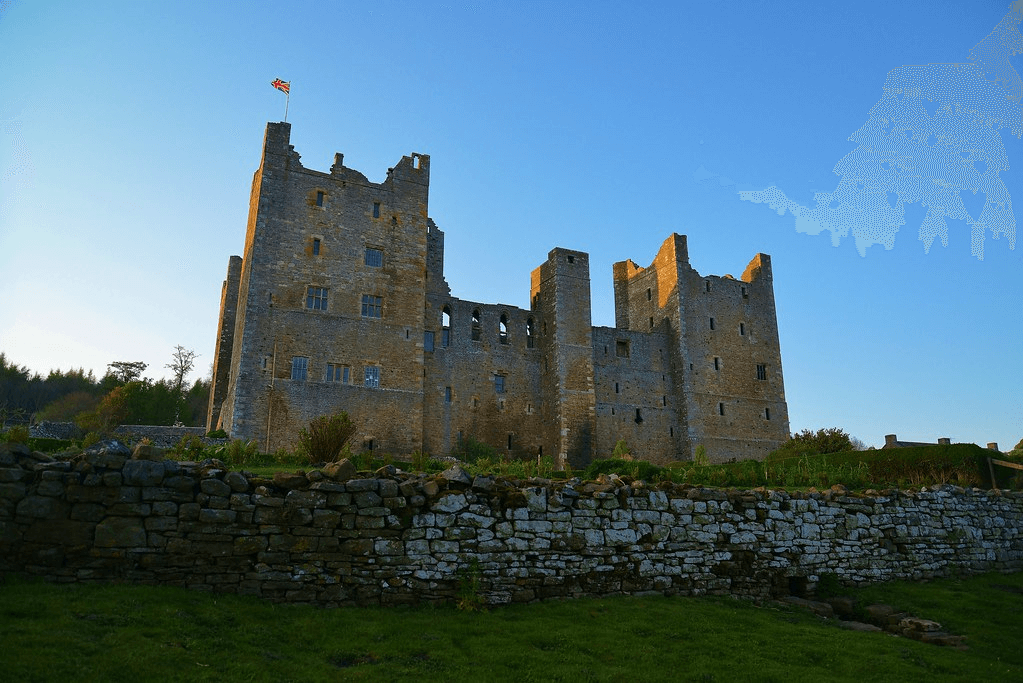
Brief History: Bolton Castle, located in Wensleydale, was built in the 14th century by Richard le Scrope, Lord Chancellor of England to Richard II. Its history is marked by royal connections, including the imprisonment of Mary, Queen of Scots, making it a site of significant historical interest.
Architectural Highlights: Despite suffering damage during the Civil War, Bolton Castle remains one of the country’s best-preserved medieval castles. Visitors can explore the imposing towers, the medieval kitchen, the dungeon, and the chapel, with its rare wooden fan vaulting. The castle also boasts extensive gardens, including a vineyard and a maze.
Visitor Information: Bolton Castle offers a unique window into medieval life, with live demonstrations, including falconry displays, archery, and wild boar feeding. The castle is open to visitors, who can enjoy the stunning views of the Yorkshire Dales, explore the gardens, and participate in family-friendly activities, making it a captivating destination for all ages.
Conisbrough Castle
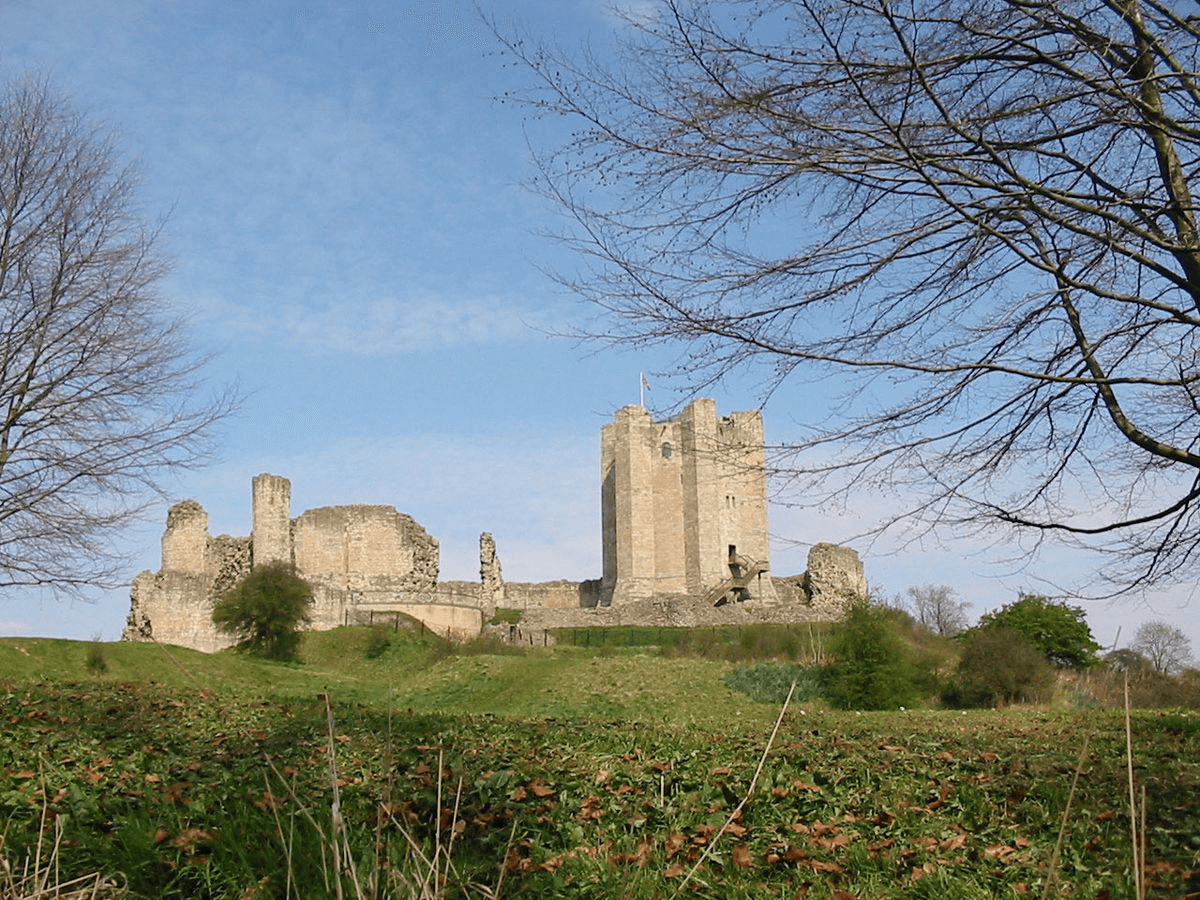
Brief History: Conisbrough Castle is one of the most significant Norman fortresses in England, originally built in the 11th century. Its unique design and state of preservation make it an important architectural landmark. The castle’s history is marked by periods of royal ownership, decline, and restoration.
Architectural Highlights: The castle is renowned for its 97-foot high keep, with its distinctive circular design and six buttresses, making it a rarity in England. The interior features a well-preserved chapel and offers insights into Norman architecture and living conditions.
Visitor Information: Conisbrough Castle is open to the public, offering a visitor center with exhibits on the castle’s history and architecture. Guided tours are available, providing a deeper understanding of its significance and features. The castle grounds offer a picturesque setting for exploration and relaxation.
Pontefract Castle
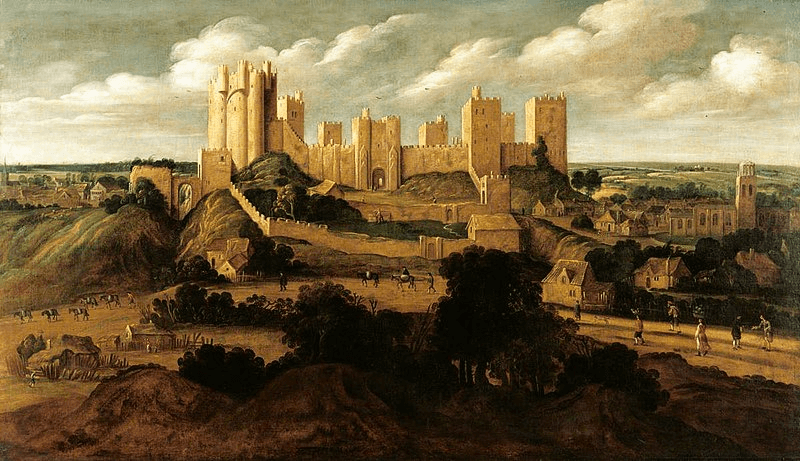
Brief History: Once known as one of the most formidable fortresses in England, Pontefract Castle’s origins date back to the Norman Conquest. Its history is steeped in tales of rebellion, royal imprisonment, and sieges, notably playing a significant role during the English Civil War, where it was ultimately dismantled.
Architectural Highlights: Today, the castle lies in ruins, but its remnants offer a hauntingly beautiful glimpse into its past. The surviving structures, including the cellars where Richard II is believed to have met his tragic end, and the chapel, evoke a sense of the castle’s former grandeur and importance.
Visitor Information: Pontefract Castle welcomes visitors to explore its ruins and learn about its rich history through interactive exhibits at the visitor center. The site hosts various events, reenactments, and ghost tours, appealing to those fascinated by England’s medieval past and its more macabre tales. The castle’s grounds provide a scenic spot for picnics and leisurely walks, making it a peaceful retreat with a historic twist.
Richmond Castle
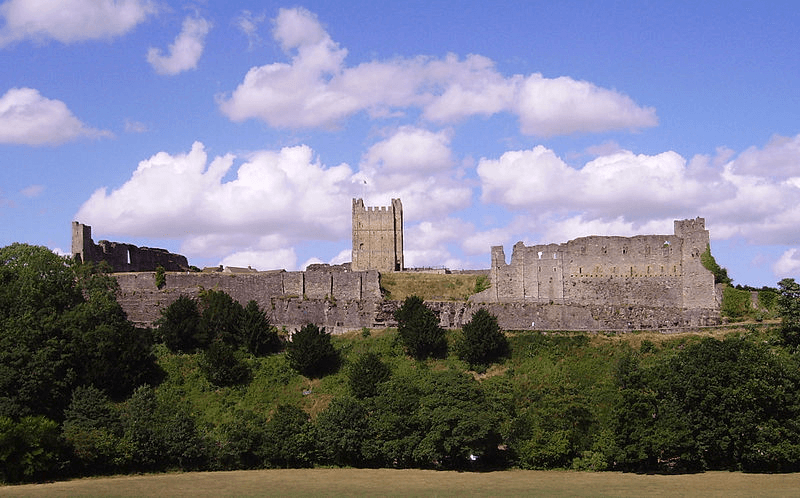
Brief History: Situated overlooking the River Swale, Richmond Castle was built in the early 11th century by Alan Rufus to consolidate Norman power in the region. It played a crucial role in protecting the north of England from Scottish invasions and has been a symbol of authority and governance throughout its history.
Architectural Highlights: The castle’s massive keep, constructed in the 12th century, dominates the skyline, offering breathtaking views of the surrounding countryside. The ruins of the castle walls, towers, and gatehouses evoke a sense of medieval grandeur, making it a picturesque site for visitors.
Visitor Information: Richmond Castle is managed by English Heritage and is open to the public. It offers educational displays, a museum detailing the castle’s history, and special events throughout the year. The castle’s extensive grounds are also ideal for picnics and leisurely walks.
Helmsley Castle

Brief History: Helmsley Castle, a medieval fortress, has evolved over 900 years. Originally a wooden fort, it was replaced with stone fortifications in the 12th century. The castle has witnessed many historical phases, including a major role in the Civil War, after which it was partially demolished.
Architectural Highlights: The castle features impressive ruins, including the massive east tower, the west tower, and the remains of the luxurious Tudor mansion added by the Manners family. The site beautifully illustrates the transition from a medieval fortress to a Renaissance dwelling.
Visitor Information: Managed by English Heritage, Helmsley Castle offers visitors the opportunity to explore its ruins, learn about its history through informative displays, and walk in the beautiful gardens. The castle also hosts educational programs and events throughout the year.
Photo Author Rosser1954
Middleham Castle
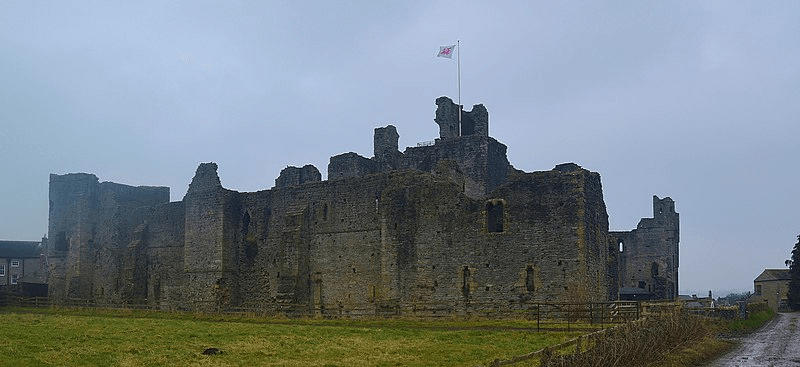
Brief History: Middleham Castle, in the heart of Wensleydale, was a renowned power base in the North of England, most famously associated with Richard III, who spent much of his childhood here. The castle’s origins date back to the 12th century, with significant expansions in the 15th century transforming it into a formidable fortress and luxurious residence.
Architectural Highlights: The castle’s massive keep, one of the largest in England, dominates the site, offering spectacular views of the surrounding countryside. The remains of the castle’s living quarters, including the great hall and the chapel, give a sense of the medieval luxury that once defined Middleham.
Visitor Information: Managed by English Heritage, Middleham Castle is open to the public, offering a journey back in time. Visitors can explore the ruins, enjoy the breathtaking Yorkshire Dales landscape, and partake in family-friendly activities and events that bring the castle’s history to life. It’s a must-visit for anyone interested in medieval history and architecture.
Architectural Evolution of Yorkshire Castles
The architecture of castles in Yorkshire, as in the rest of England, underwent significant transformations from the 11th to the 15th centuries. Initially designed for military defense, these structures evolved to become symbols of power and luxury residences, reflecting the changing dynamics of medieval society.
Early Motte and Bailey Castles
The first wave of castle construction in Yorkshire, as directed by the Normans, saw the rise of motte and bailey castles. These were quickly constructed, featuring a wooden keep on a motte (mound) and a bailey (enclosed courtyard), surrounded by a palisade and a ditch. Examples include the early iterations of York Castle and Skipton Castle, which provided rapid fortification against potential rebellions.
Transition to Stone Castles
As the need for more durable and imposing structures became apparent, the transition from wood to stone began. By the 12th century, stone keep castles emerged, offering greater defense capabilities and longevity. The keep, typically located at the highest point of the motte, became the heart of the castle’s life, housing the lord’s family, retainers, and soldiers. Richmond Castle and Middleham Castle exemplify this transition, with their imposing stone keeps symbolizing Norman authority.
Unique Architectural Features of Yorkshire Castles
Yorkshire’s castles are distinguished by several unique architectural features that evolved over time. The introduction of concentric design, where walls were built within walls for added defense, marked a significant advancement. This can be seen in the formidable Edwardian castles, such as Scarborough Castle, which incorporated multiple lines of fortification.
The development of domestic comforts within castle walls also reflected the changing role of castles from purely military bastions to residences. Large windows, ornate fireplaces, and elaborate chapels were introduced, as seen in the later stages of Skipton Castle and the luxurious living quarters of Bolton Castle.
Decorative elements, such as heraldic motifs and carved stonework, became prevalent, highlighting the status and wealth of the castle’s occupants. These features not only served aesthetic purposes but also reinforced the castle’s role as a symbol of power and prestige.
Castles and the Landscape
Yorkshire’s castles were ingeniously integrated with their natural surroundings, using the landscape as both a defensive feature and a backdrop to display their architectural majesty. The positioning of castles on high ground, beside rivers, or within forests, enhanced their defensive capabilities while also ensuring they dominated the landscape visually.
Cultural and Social Impact
Castles in Literature and Folklore
Yorkshire’s castles have long been immortalized in literature and folklore, serving as the backdrop for tales of romance, bravery, and intrigue. The dramatic ruins of Whitby Abbey, for instance, inspired Bram Stoker’s legendary novel “Dracula,” while the haunting beauty of Scarborough Castle has been celebrated in ballads and stories that echo the region’s rich history. These castles serve as muses for writers and artists, weaving their physical presence into the fabric of English cultural heritage.
The Role of Castles in Local Communities Then and Now
In medieval times, castles were the epicenter of local communities, providing protection, employment, and a judicial center where lords would administer justice. Markets and fairs often sprang up in the shadow of these fortresses, fostering economic activity and social interaction. Today, these castles continue to play a vital role in their communities, albeit in a different capacity. They are sites of historical education, cultural events, and tourism, contributing significantly to the local economy and identity. The preservation and interpretation of these sites allow for a tangible connection to the past, enriching the social and cultural life of Yorkshire.
Preservation Efforts and Tourism
The preservation of Yorkshire’s castles is a testament to the region’s dedication to its heritage. Organizations like English Heritage and the National Trust, along with local authorities and private owners, work tirelessly to maintain these structures, balancing the need for conservation with the demands of modern tourism. Efforts to preserve these sites include structural repairs, archaeological research, and the development of visitor amenities, ensuring that these historical treasures are accessible to all.
Tourism plays a crucial role in the preservation of Yorkshire’s castles, providing the funds necessary for their upkeep and the motivation to keep them relevant in the public eye. Castles such as Skipton, Helmsley, and Conisbrough are not only historical sites but also attractions that offer educational programs, reenactments, and special events, drawing visitors from around the globe. Through tourism, these ancient structures continue to contribute to the cultural and economic vitality of Yorkshire.
The Enduring Legacy of Yorkshire’s Castles
Yorkshire’s castles stand as monuments to a bygone era, embodying centuries of history, architecture, and human endeavor. They have survived wars, sieges, and the passage of time, each castle with its own unique story of glory, decline, and preservation. Today, these castles serve as a bridge connecting the past with the present, offering invaluable insights into medieval life, architectural evolution, and the socio-political landscape of historical England.
The preservation of these castles is a testament to their significance in English heritage. Efforts by organizations like English Heritage, the National Trust, and various local entities ensure that these historical sites remain accessible and informative for all. Through restoration projects, educational programs, and community events, the legacy of Yorkshire’s castles is kept alive, not just as tourist attractions but as custodians of history.
Encouragement to Explore
For those who have yet to experience the magic of Yorkshire’s castles, there is no better time to embark on a historical adventure. Each castle offers a unique glimpse into the past, from the robust walls of Skipton Castle to the haunting ruins of Scarborough Castle, and the picturesque elegance of Helmsley Castle. These sites are not just for history enthusiasts but for anyone who appreciates the beauty of architecture, the intrigue of ancient stories, and the tranquility of landscapes steeped in history.
Visiting these castles is an opportunity to step back in time, to wander through ancient halls, climb ancient towers, and gaze upon landscapes little changed over centuries. It’s a chance to connect with the past in a profound and personal way, to imagine the lives of those who walked these halls before us, and to reflect on the passage of time and the legacy we leave behind.
Conclusion
The castles of Yorkshire are more than historical artifacts; they are symbols of endurance, imagination, and the timeless allure of history. They remind us of the complexities of the human story, the beauty of preservation, and the importance of connecting with our past. As we conclude our exploration of these magnificent structures, let us carry forward the lessons they teach us about resilience, creativity, and the enduring power of history.
Yorkshire’s castles await, ready to share their stories with those willing to listen. Whether you’re drawn to the romantic ruins of a once-mighty fortress, the strategic intricacies of medieval architecture, or the serene beauty of historical landscapes, these castles offer endless possibilities for exploration and discovery. So, pack your bags, set forth on your journey, and become part of the ongoing story of Yorkshire’s castles—a story that continues to unfold, one visitor at a time.
